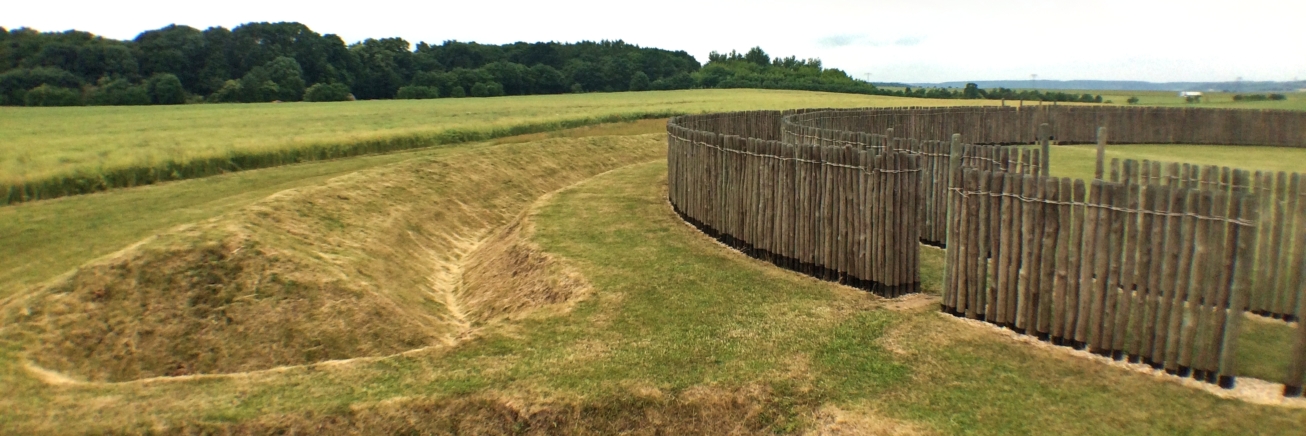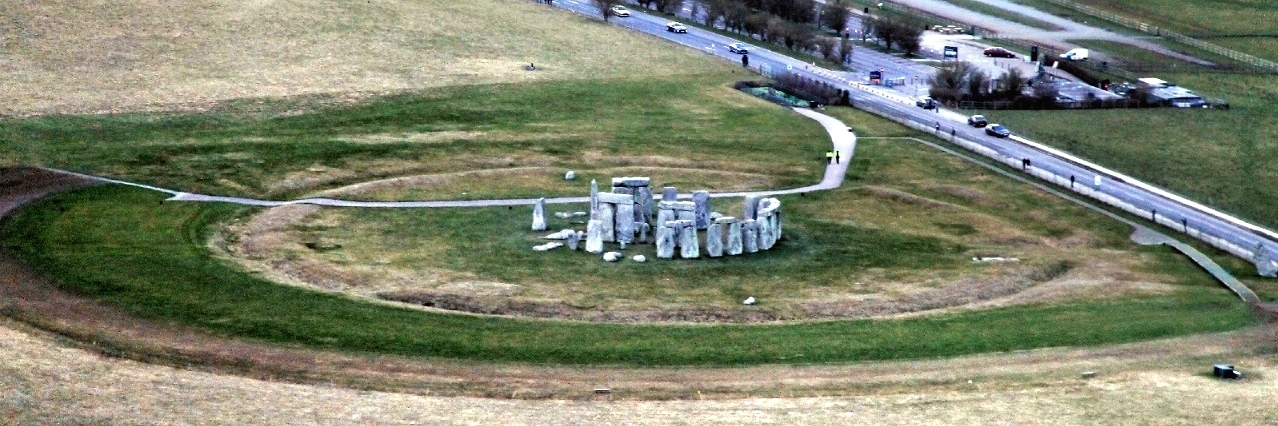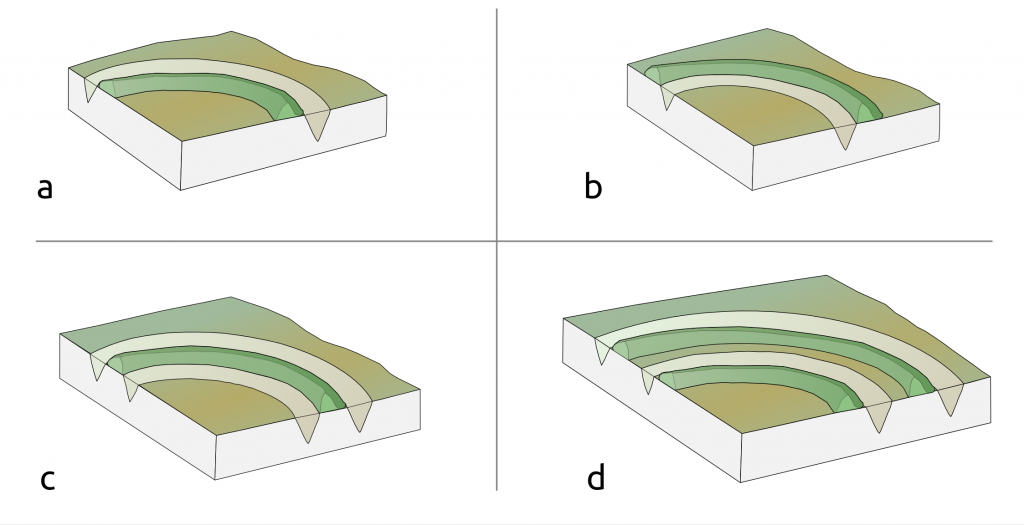Combinations of Neolithic ditches, palisades and banks

As shown in the preceding sections, Neolithic ditched enclosures of Europe commonly consist of a combination of banks, ditches, palisades, stones and others. These components are arranged in unique ways at particular sites. This makes every site special. Some regularities can be perceived across space and time in the way these entities are combined, nonetheless. These and other patterns have traditionally allowed for the classification of ditched enclosures into several types or groups.

Ditches + banks
All the potential combinations of Neolithic ditches, palisades and banks are worthy of attention. However, some have been the focus of archaeologists for a long time. That is the case of the interplay between banks and ditches. This has served, for example, to distinguish between the so-called ’causewayed enclosures’ and the ‘henges’ in the Neolithic of Britain: henges tend to have an inner ditch and an outer bank, while causewayed enclosures are more likely to have ditched circuits on the outside of the rings defined by the banks. Regardless of their specific arrangement, ditches and, where detected, banks and palisades, are normally concentric and parallel.

Banks + palisades
The relationship in space between banks and palisades, where these existed, is usually more difficult for archaeologists to determine because traces of palisades are less likely to have survived from the Neolithic to nowadays.
